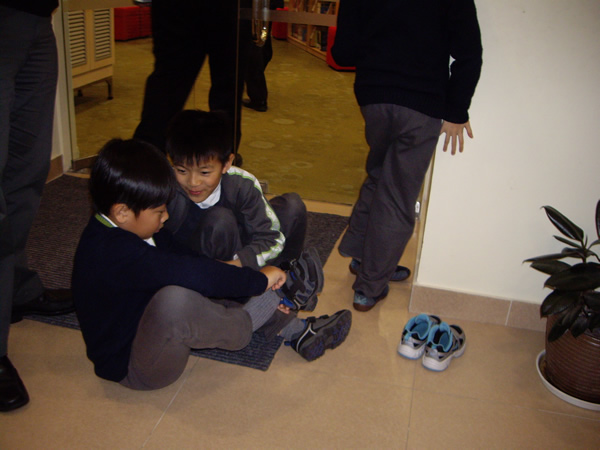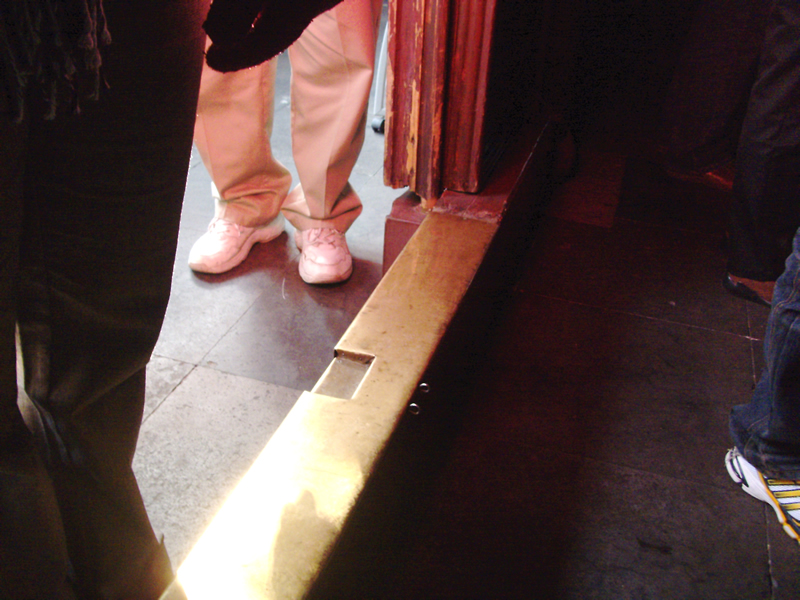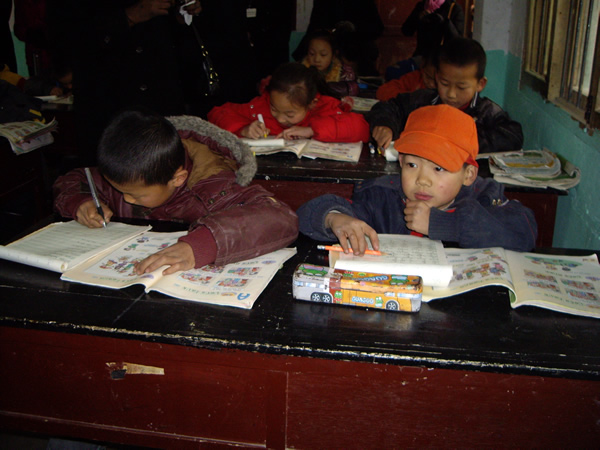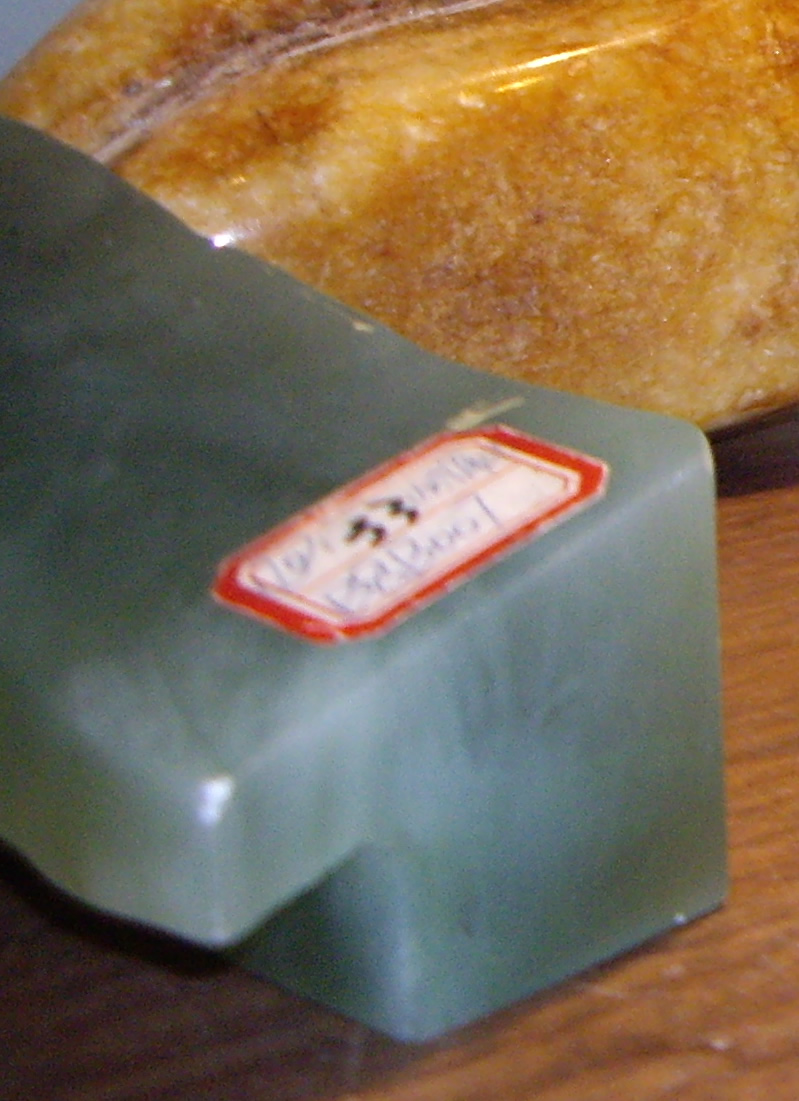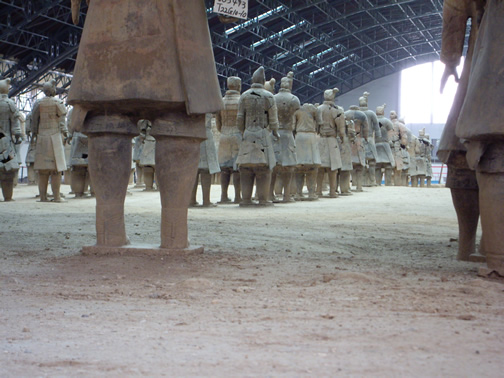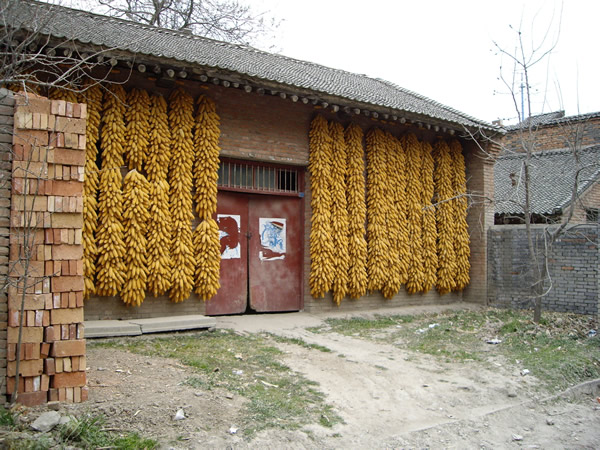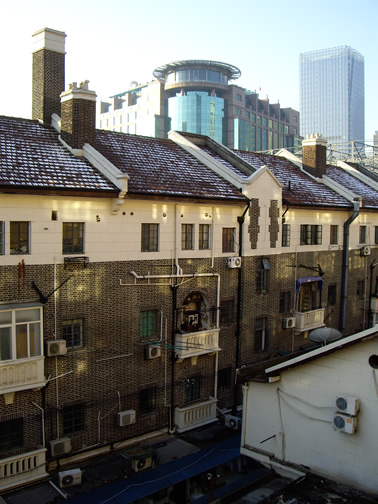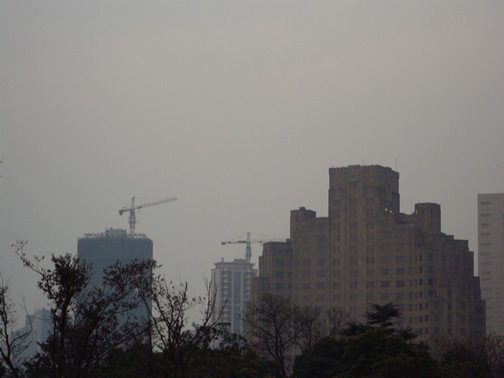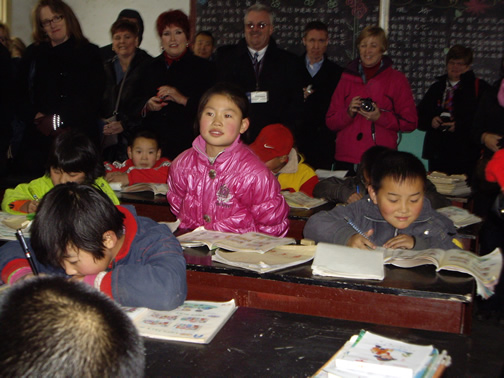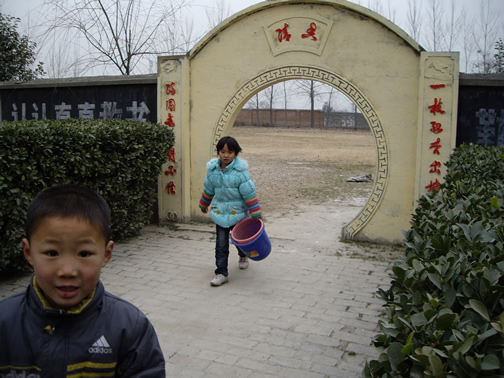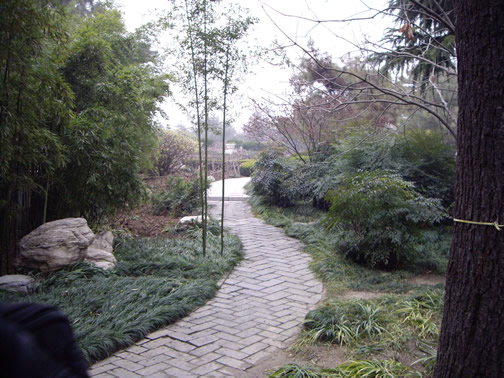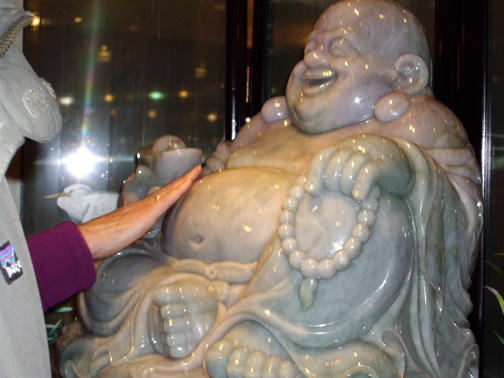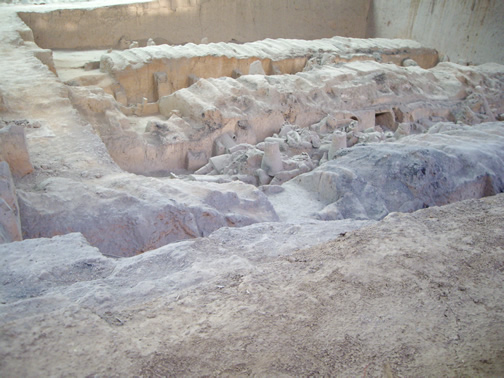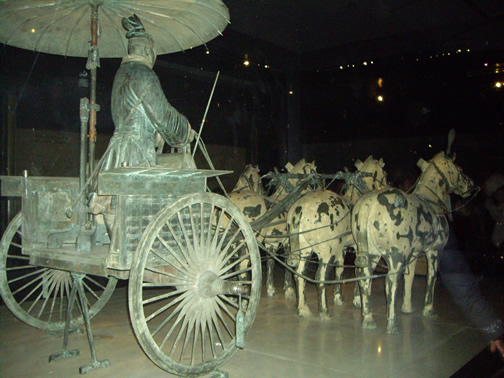China, Creativity, and Being Grouchy
The China trip continues to be of high interest to my friends and colleagues, and the six weeks since our return have given me greater perspective. I am no politician or policy maker. I am a teacher. So I am going to stick to teaching and leave the more delicate issues of U.S.-Chinese relations, human rights violations, and Nobel laureates to the pundits (who likely will spin faster than the top I haggled down to 10 yuan at the Pearl market in Beijing).
One of the topics that came up in discussions with educational technology leaders in China was creativity. The Director of the Shanghai Distance Education Group (SDEG) commented frankly in his opening remarks to our group of American educators (roughly translated here from my notes):
“The Chinese model [of education] is: Everything students do is for exams. We want students to learn
beyond textbooks. I feel the U.S. education model is very different from ours, especially in creativity. We need to learn from the U.S.”
I will resist the temptation here to launch into discussion on high stakes testing(!) and look at the even greater challenge posed here. As an astute colleague asked me— on hearing of the director’s statement above, “Well, if you were going to teach the Chinese how to teach creativity, how would you do that? It’s not part of their culture.”
On my grouchier days, I wonder whether creativity is part of our culture, either. These are the days when I read about yet another bean-counting way people are trying to overanalyze, categorize, or prepackage the things that make life enjoyable: things like learning for the creative joy of it. I question how the Chinese can implement creativity in their usual systemic way, since they do not celebrate the joy of learning for the sake of the good feeling it gives. But I wonder whether we do either anymore. I think we have two places: The World and My World.
In The World, we look at long term trends of what the global economy will demand in the next 20 years. We break it up into little pieces and make sure we measure them. We tell everyone that these are the answers to success. We pass legislation, write media articles about them, and make parents feel guilty if their kids are not progressing toward these goals.
In My World (“My” meaning the world that each of us has individually), I have time for solitary wonder. I don’t even report in on Facebook or Twitter unless I feel like it. I can play with a toy (often a web tool or some silly thing my laptop can do or a montage I can make from photos and sounds). I can forget what time it is. I can savor the joy and keep it secret. Later, when the joy has made me feel less grouchy, I can discover that one of my friends was experimenting with the same toy and found a whole other way to create with it. In My World, it’s OK not to have a goal in mind. We can wander a bit and simply feel the joy.
I suspect that the gentleman at SDEG actually believed that we in the U.S. have packaged creativity for The World and that China simply needs to copy it through their system of deployed change. What he doesn’t realize is that creativity lives in the My World(s) of Americans, not necessarily in our schools. I will keep working on that, but today– while I am feeling grouchy– I will seek some time alone with some toys and wait for some friends to stop by later.
What brings the joy of creativity to Your World? Do you share it?

 beyond textbooks. I feel the U.S. education model is very different from ours, especially in creativity. We need to learn from the U.S.”
beyond textbooks. I feel the U.S. education model is very different from ours, especially in creativity. We need to learn from the U.S.”
